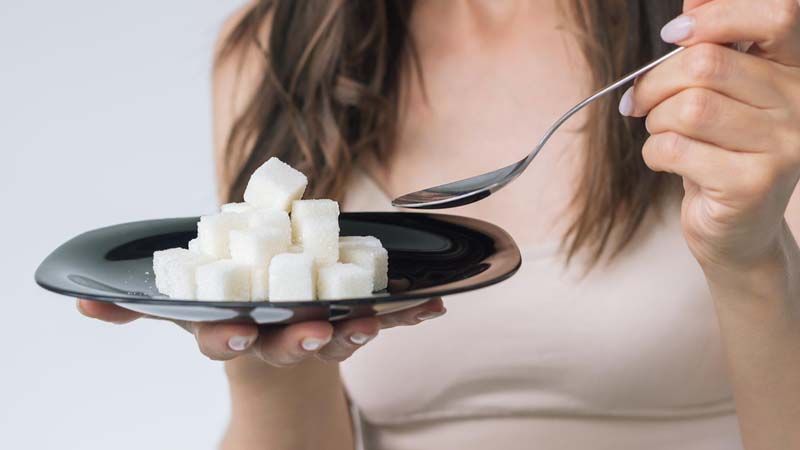Protein content in soybean chunks
- 39 months ago
Protein is an essential component of our balanced diet. Proteins, made of amino acids, are macronutrients that the body needs. Proteins are building blocks of the body and play an essential role in tissue formation, hormone production, and biochemical reactions. It is a source of energy for the body.
You can mainly derive proteins from animal-based sources such as poultry, meat, fish, and dairy. However, there are plant-based protein sources —fruits, vegetables, nuts, legumes, grains, and seeds. And one such good, plant-based protein is soybean. Let us learn more about protein in soybean chunks.
What is Soybean or Soya Chunks?
Soybeans, also known as soya beans, are a type of legume. Soybeans are high in antioxidants and phytonutrients, both of which have been connected to a variety of health benefits. Soya chunks are made from pure soy flour, a byproduct of soybean oil exploration. It contains the same amount of protein as meat. It is quick and simple to prepare.
What is the protein content of soybean chunks?
Nutritional value in 100 g of soy chunks (estimated values are):
|
Serving size |
100 g |
|
Energy |
345g |
|
Protein |
52g |
|
Fat |
0.50g |
|
Carbohydrate |
33g |
|
Dietary fiber |
13g |
|
Calcium |
350g |
|
Iron |
20mg |
The high content of protein in soy chunks aids in muscle recovery after a training session. Many athletes prefer to include soy chunks in their daily intake for this purpose. Regularly consuming soya chunks will assist you in obtaining the necessary quantity of protein for your body. Protein In Soybean Chunks is similar to that found in milk, eggs, and meat, and it helps to drive metabolic activity, strengthen muscles, and maintain healthy skin, hair, and bones. Soya Chunks Protein is also high in iron and calcium, making them an excellent addition to any diet.
What are the health benefits of soya chunks?
Soybean or soya chunks provide innumerable benefits.
- It has a high amount of protein, which aids muscle growth and recovery.
- Soy chunks aid in weight loss by accelerating metabolism and reducing fat accumulation around the body parts.
- Its rich nutrient content (with Vitamins B-complex and K) helps deal with insomnia and benefits bone and skin health.
- Soy chunks may aid in the reduction of bad cholesterol in the blood.
- As a great source of isoflavones, it reduces the risk of osteoporosis in menopausal women and alleviates other symptoms.
- Soy chunks may help to lower cancer risk.
How much soya chunks should you eat?
Consuming 25 to 30 grams of soya chunks per day has no impact on estrogen or uric acid levels in the body. Since soy chunks consist of a moderate amount of purine, they may increase serum uric acid levels.
- If you are a woman, 50 g of soy chunks per day should suffice.
- If you are a man, 30-40 g of soy chunks per day should suffice.
- You can consume a maximum of 50 g of soy chunks per day if you have serious bodybuilding goals (26g of protein).
What are some interesting ways of cooking soya chunks?
- The simplest way to incorporate soya chunks into your diet is to soak them in hot water and add them to fried rice and vegetables.
- In terms of snacks, soya cutlet is a light and filling appetizer that is incredibly delicious.
- The soya curry is delightful when served hot and will be a great dinner option.
- Soya chunk is a must-try recipe for Manchurian enthusiasts.
- Soya Pulao is a simple and delicious dish that is easy to cook.
What are the negative consequences of consuming soya chunks?
- Phytates, also referred to as anti-nutrients, are found in soy protein. They reduce the availability of iron and zinc in soy protein.
- There is also a significant concern that soy consumption may affect thyroid function—the isoflavones in soy act as goitrogens, which can interfere with thyroid function and hormone levels.
- Many people try to avoid soy protein because of the phytoestrogen content, which they believe can disturb their natural hormone balance in the bloodstream.








